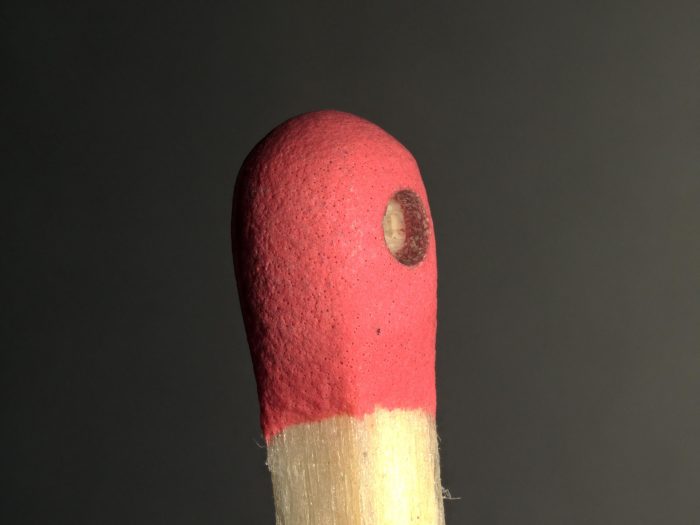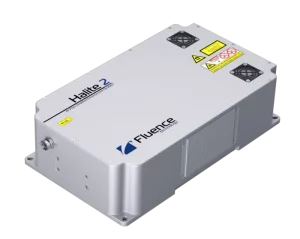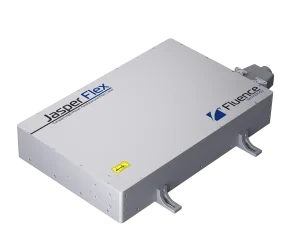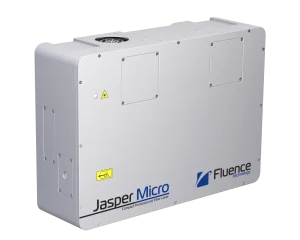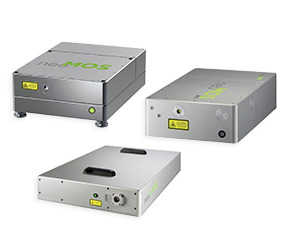The Femtosecond Lasers We Offer:

Versatile Configurations from the IR to the UV
-
- 1030 & 1064nm typical – OPA can extend range: 210nm – 10µm
- High peak powers & ultrashort pulses enable applications that ns/ps can’t
- Tunable rep. rate & pulse width options extend application capabilities
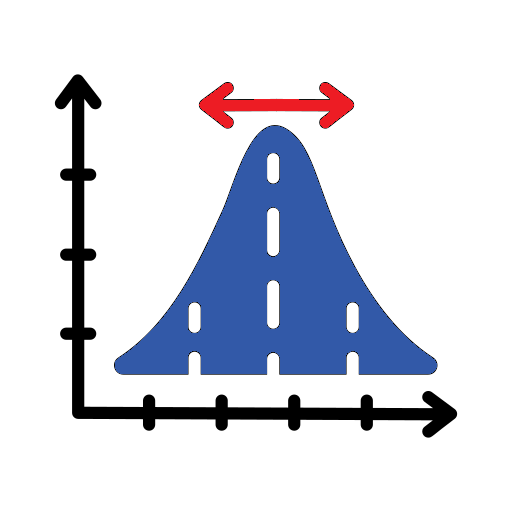
Ultrashort Pulses Ideal for thermally Sensitive Materials
-
- Femtosecond lasers offer better precision & material removal vs picosecond
- Minimized HAZ w/ cold ablation, excellent cut quality, advanced glass processing
- Pulses down to 100’s of fs, >200µJ – Single shot up to 80MHz PRR

Robust Fiber & Free-Space Femtosecond Laser Solutions
-
- Ruggedized & robust DPSS & SESAM-free all-fiber laser options
- Extreme shock and vibration resilience in extreme environments
- Advanced features & configurable options to meet your unique needs
RPMC’s femtosecond lasers deliver unmatched speed and precision for the most advanced applications, offering ultrashort pulses down to the 100s of fs for the highest level of accuracy. Ideal for thermally sensitive materials and applications where picosecond and nanosecond lasers fall short, our femtosecond pulsed lasers minimize heat-affected zones while ensuring excellent cut quality and material processing. With versatile configurations from the IR to UV, tunable rep. rates, and pulse widths, these lasers are built for cutting-edge scientific research, medical innovations, and high-tech industrial needs. Ruggedized for extreme environments, our fiber and free-space solutions provide both reliability and customization, ensuring you get the perfect laser for your most challenging projects. RPMC is dedicated to supporting your success through every stage, from selection to long-term performance.

 SHIPS TODAY
SHIPS TODAY 